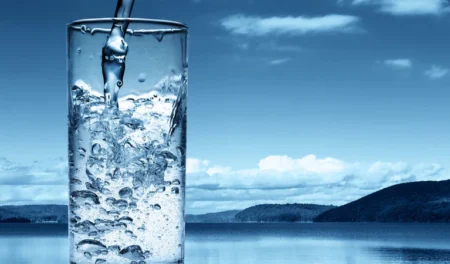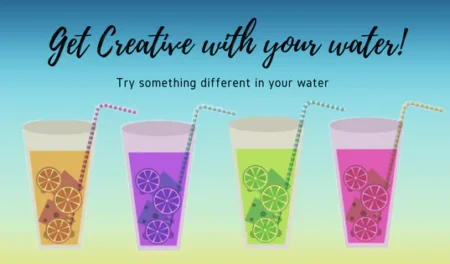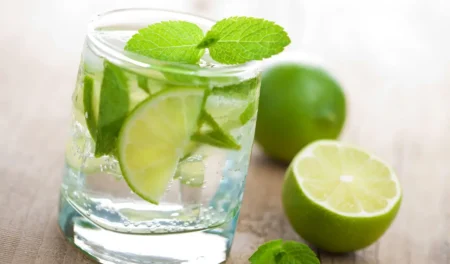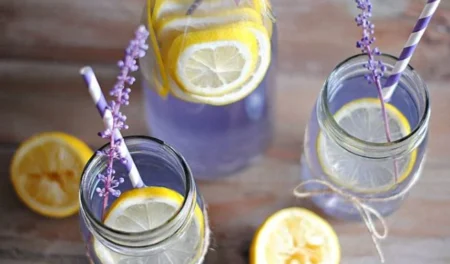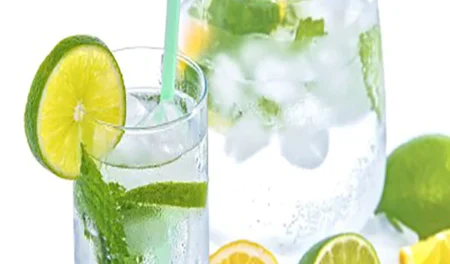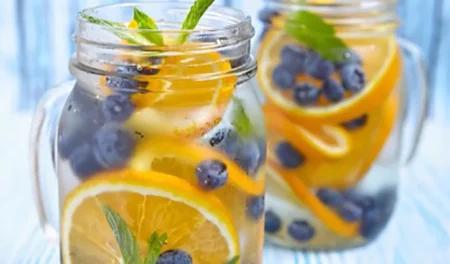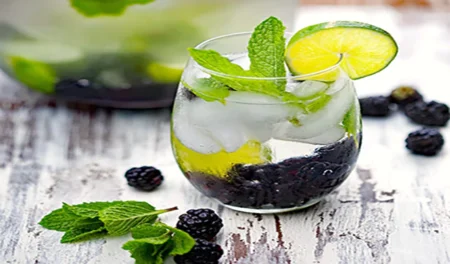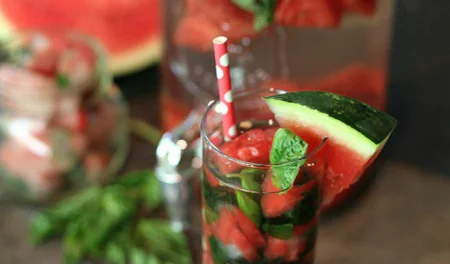In a world where take away & convenience is the norm today because everybody feels time starved to actually stop & prepare a healthy, nutritious & ultimately tasty meal is often a real treat.
You have gone to the trouble to prepare that leafy green salad, tray of fresh fruit, steaming bowls of pasta and rice that no doubt looks tempting and delicious, filling the air with savoury aromas, but there may be more than meets the eye.
The Hidden Ingredient
A healthy diet requires planning, but even the most nutritious ingredients are only as good as the care taken in preparation. Many foods are washed, soaked, or cooked in water, the hidden ingredient in much of our diet.
Water is a molecule comprised of two hydrogen atoms and one oxygen atom (H20). In this sense, all water is the same, but the similarity ends there. Even the best water contains a mix of additives that are potentially harmful for a human being;
- Chlorine
- Heavy metals – like lead and mercury
- Fluoride
- Nitrate
- Parasites
- Bacteria
- Dirt
- Rust
For example Chlorine and other chemical agents are added to water to kill bacteria. Water flowing through pipes and held in storage tanks can pick up dirt, sediments, rust, excessive minerals, heavy metals, and even additional bacteria. Things like microscopic organisms, and metals from ground wells and from the plumbing pipes the water moves through to the faucet, as well as fluoride and other chemicals used in treating the municipality water provided to consumers all effect the quality of your tap water.
Better for your Health
It’s fairly common knowledge now that filtering your water for drinking is healthier than drinking water straight from the tap. This is because the water that comes from your kitchen sink contains impurities which can potentially affect one’s health. There has also certainly been no shortage of reports over the controversy about bottled water because of the impact the plastics used in these bottles has on the environment as well as the amount of oil used in the making of every bottle.
While most or our tap water is free from harmful bacteria and viruses, it is far from pure. Most tap water contains trace amounts of dissolved minerals, such as calcium, sodium, and magnesium. This is known as “hard water.” You may know that hard water can damage your plumbing system and leave water spots on your dishes, but you may not know that water containing these minerals, and other contaminants, can also affect the taste of your food.
One of the ways to determine how hard your water is to observe the amount of “dirt” deposits inside your kettle. This is known as “scale” which is a combination of Calcium & Magnesium salts that accumulate of your jug element & eventually eats the element out.
Improved Taste
A lot of restaurants now use filtered water for their cooking, and many bread baking cookery books call for filtered water to reduce the contamination of the bread as it is being baked.. For much the same reason that filtered water is used to cook restaurant foods . . . ie. taste and health . . . the foods you cook at home should also be cooked using filtered water.
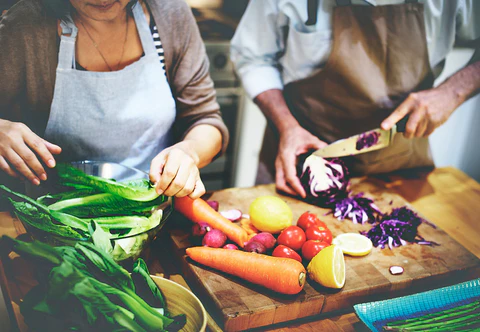
Although many bacterial organisms are destroyed by high temperatures, most foods are not cooked at high enough temperatures, or for the duration needed to destroy them.
Even with a reduced number of organisms in water after it has been heated, metallic particles remain and this is not healthy for you or your family, regardless of how small the amount. If unfiltered water is used in cooking, those chemicals also affect the taste of foods and drinks we consume.
Some of the advantages of cooking with filtered water include:
- Better to Drink – Water that is free of most chlorine and other contaminants is excellent for making better-tasting drinks and food – from coffee to pasta.
- More appetizing food – Unfiltered water can have a distinct metallic taste. When used for cooking, this flavor is absorbed by your food. By cooking with filtered water, you will only taste the ingredients you actively put into the meal.
- Softer baked goods. The minerals found in unfiltered water can affect the performance of certain baking ingredients, such as yeast. This can change the entire gluten structure of the dough, slow down the fermentation process, and lead to a tough texture.
- Vibrant produce. Unfiltered water can even affect the way your food looks. Most tap water contains chlorine, an active ingredient in bleach, which can strip the colors of your food. Just washing your produce in unfiltered water can visibly make it less appealing by dulling out the vibrant colors. Even washing salad in chlorinated water can have negative effects.
- Lower sodium content. Depending on where you live, your tap water could contain up to 300 milligrams of sodium per liter, which is a significant portion of the recommended daily value. Too much sodium can cause kidney failure and heart disease.




